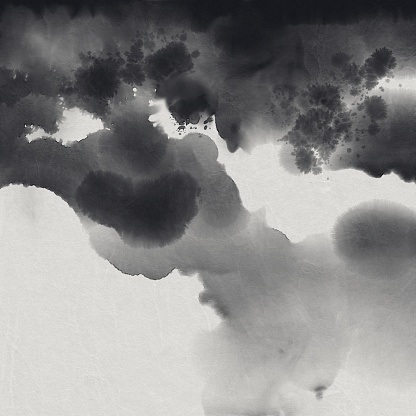You might be wondering how to choose underpainting color. While painting, it is a good idea to consider the overall color value of the scene. The underpainting color will affect the overall colors of the finished painting. If the underpainting color is too light, it will stand out in the picture, and too dark will distract the painting. The right underpainting color should be close to the overall value of the scene.
Some painters choose the same underpainting color for every painting. They can pre-tone the surface and have a uniform ground color in such a case. The point is to avoid using the same underpainting color over again. The same rules apply to choosing a monochromatic underpainting called imprimatur. Depending on the paint you’re using, you can use any color to create the underpainting.
The most common underpainting color is an earth tone
As an underpainting, you can use any color. It is also known as an imprimatur. It can be done using oil, acrylic, or alkyl paints. You can experiment with underpainting colors until you find one you like. Just be sure that the colors you chose work well together and don’t clash too much. It’s a good idea to mix up a few samples before starting your painting.
The traditional underpainting is monochromatic
In monochromatic underpainting, you use a single pigment color. You don’t use white in this type of underpainting. When choosing a pigment color, you need to ensure that the shade is dark enough to create the full range of values. Generally, the darker shade of the pigment is obtained by using darker mass tones.
If you’re painting a monochromatic underpainting, the best choice is dark, earth-toned underpainting. A monochromatic underpainting makes it easier to control the intensity of the painting. For instance, you can use a color similar to the color of the wall you’re painting. You can even choose a color that matches the underpainting color of your canvas and still achieve the desired effect.

Artistic abstract watercolor painting with paper texture. Art colorful background
If you’re painting a scene with warm tones, you can choose an earth-toned underpainting color. If you’d prefer a more relaxed tone, use blue or gray-hued underpainting. For example, you can use a cool-toned underpainting color in a landscape painting. For a more neutral-toned underpainting, you can use a dark-hued underpainting with a lighter shade of gray.
The color you choose for the underpainting should complement the overpainting
It should be different from the previous layer. It should not be too dark or too light. Using an underpainting of an earth-toned painting will make it look not very interesting. Therefore, if you want a pastel shade of a red object, you should use a darker one. If you’d like to paint a red thing, you should use chroma-neutral underpainting.
The underpainting color should be dark enough to hide the underpainting
The underpainting color should be slightly darker than the primary color. If it’s too light, you should use a darker one. A warm underpainting will show through the painting when another color touches it. If you want to use warmer underpainting, make sure to choose a color that will blend with the existing one.
Choosing a color for underpainting is an essential step in painting.
You can achieve the desired effect by selecting the right color palette, and it should be neutral in color. A neutral color will give the painting a softer appearance. In contrast, a darker tone will give the room a warmer feel. The shade should not be too dark or vice versa. A lighter shade of the underpainting will give the painting a more intense and lively look.
An underpainting will help you create the basic structure of the painting. It should be a color that will match the subject. It should have a neutral color to make the painting look more natural. The underpainting will serve as the base for the central painting. Choosing the right color for underpainting is very important regardless of the medium. The colors of the underpainting should be light and bright. You can experiment with different hues and contrasts for the underpainting until you are satisfied with the result.

